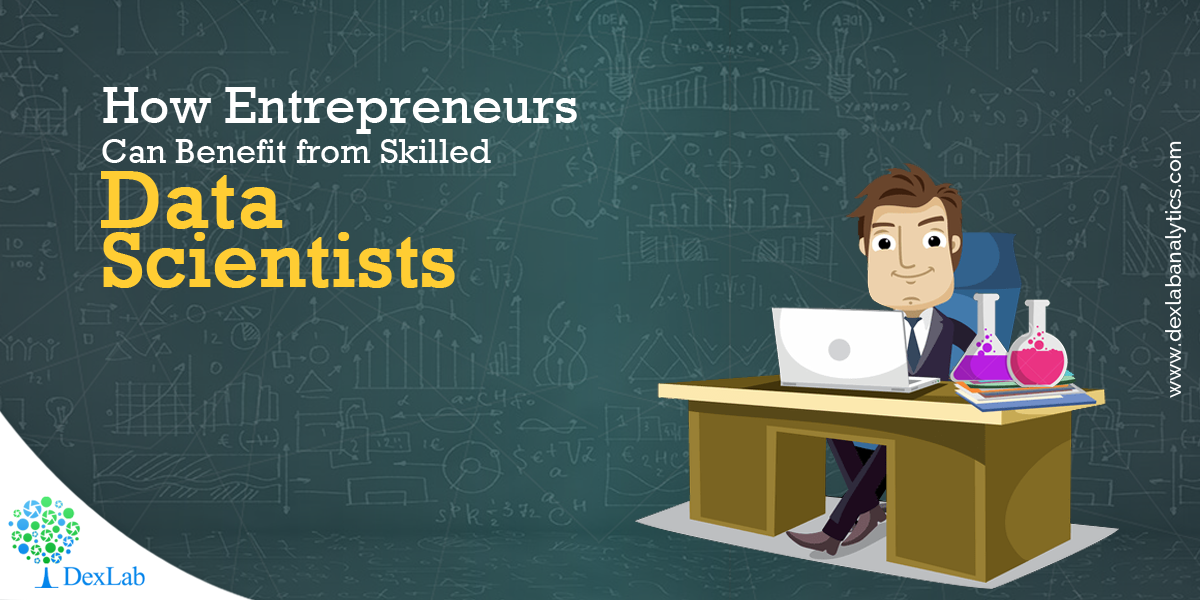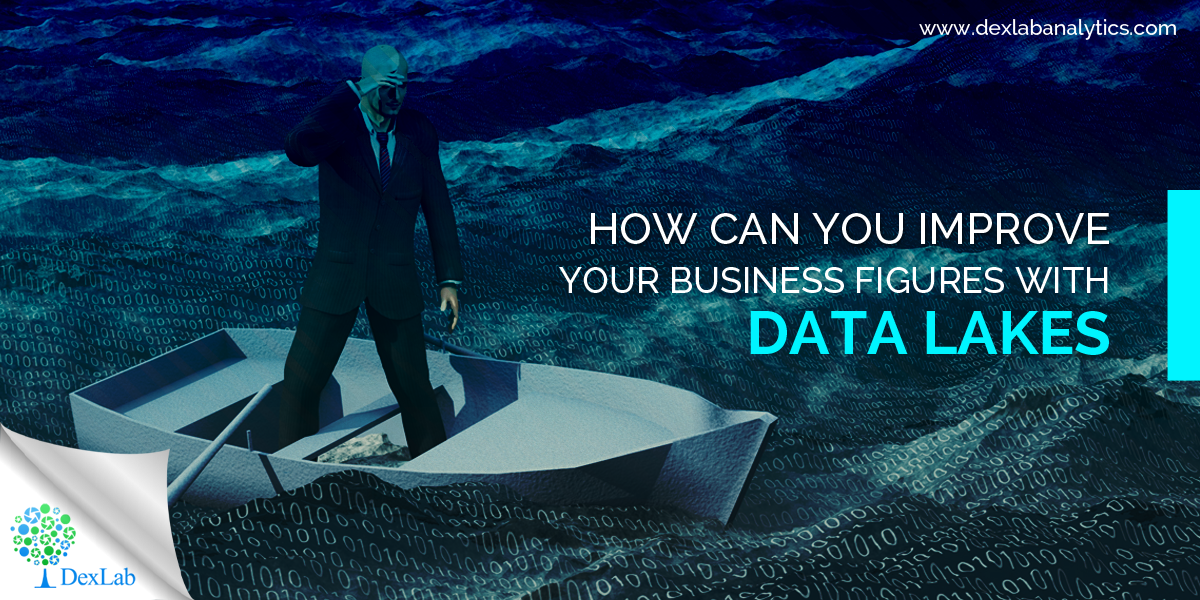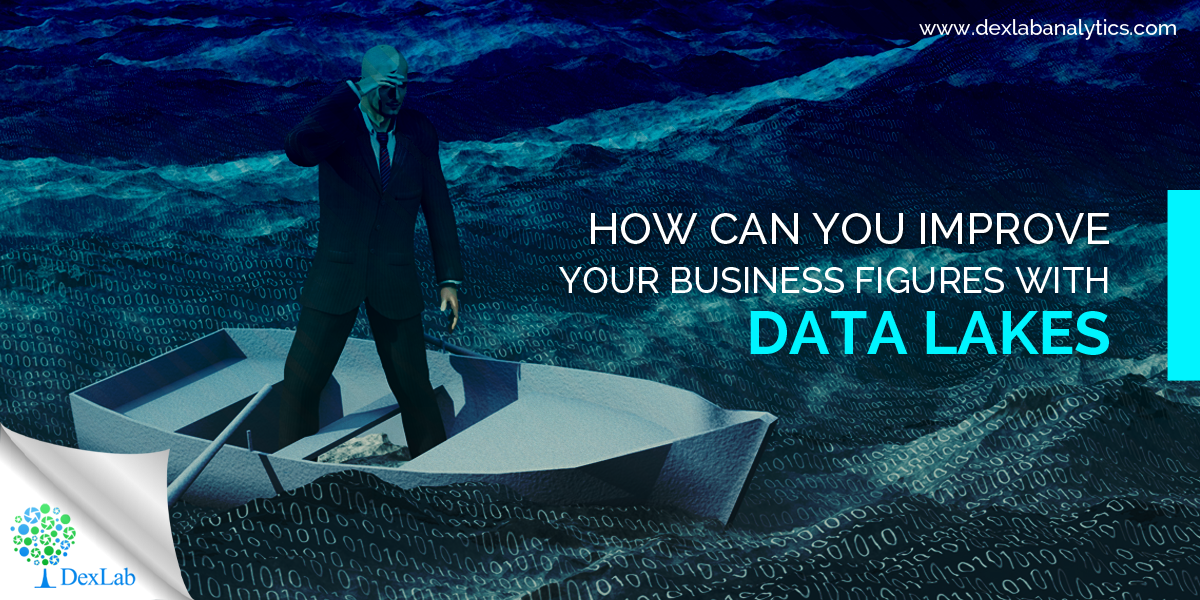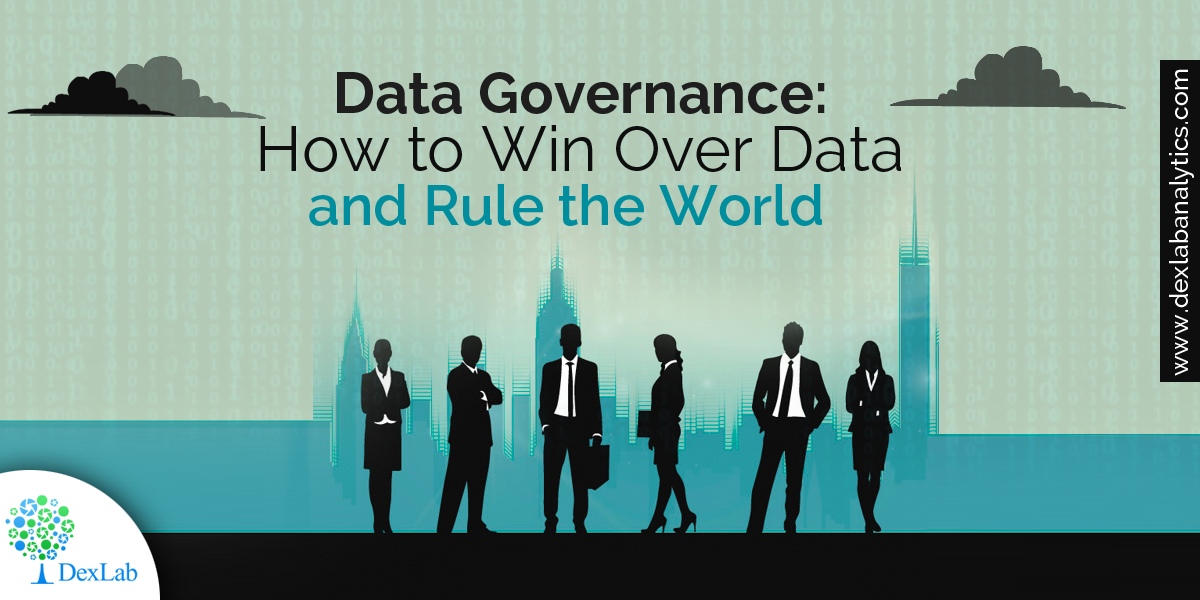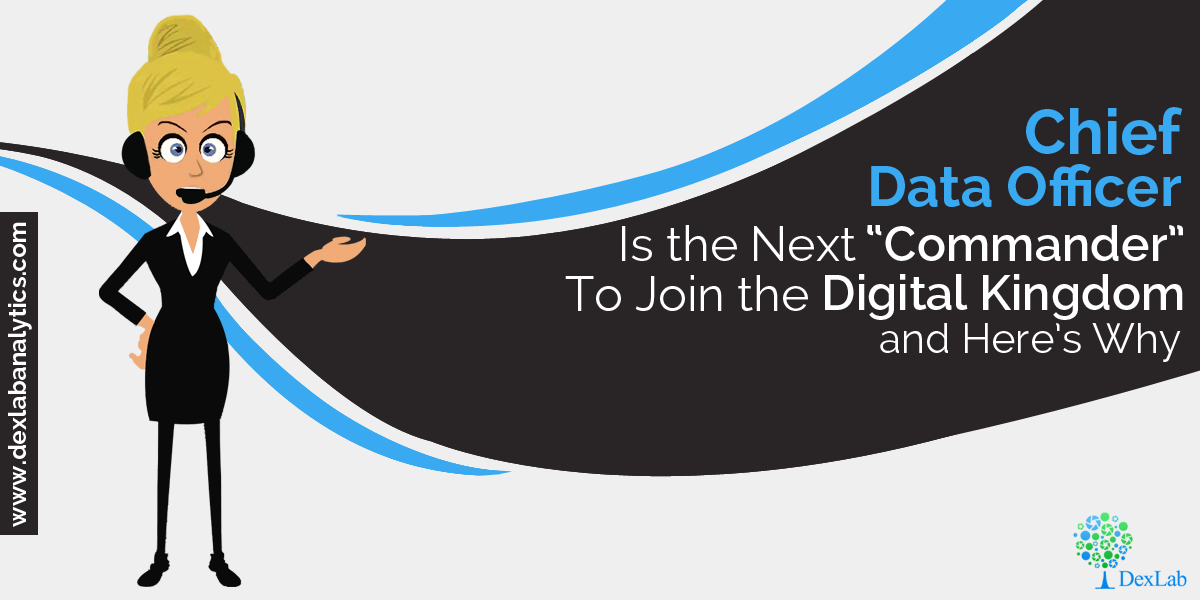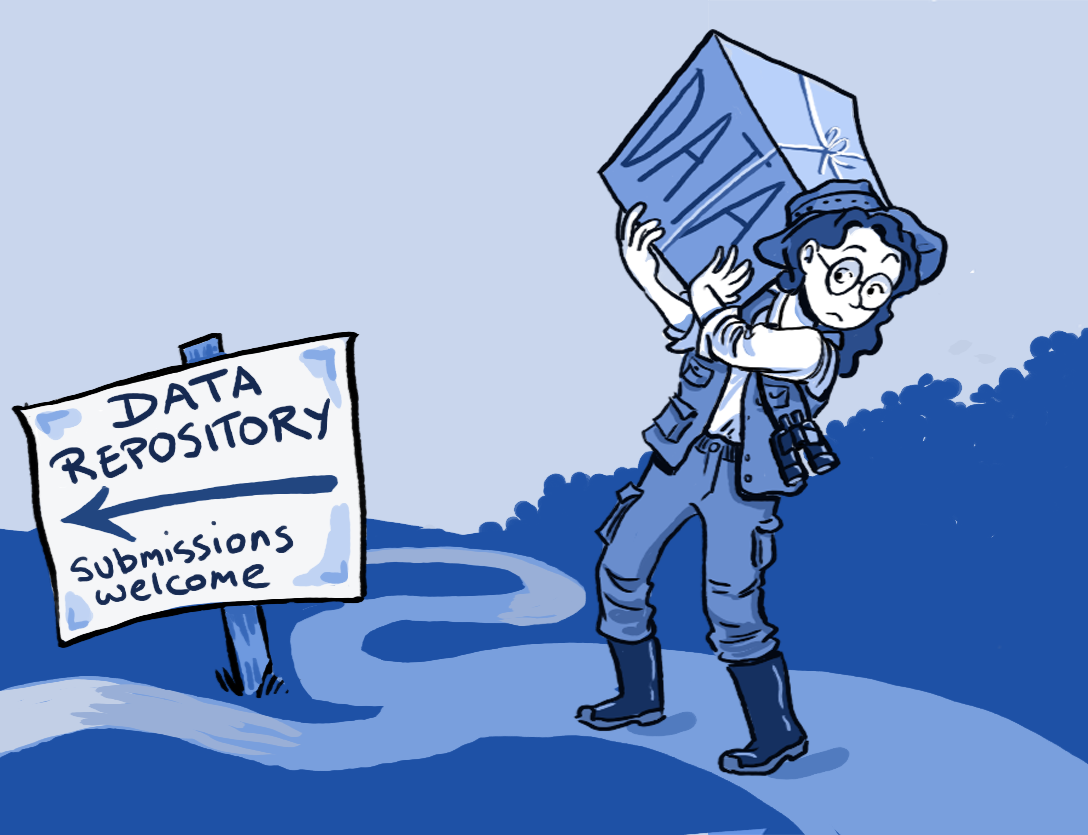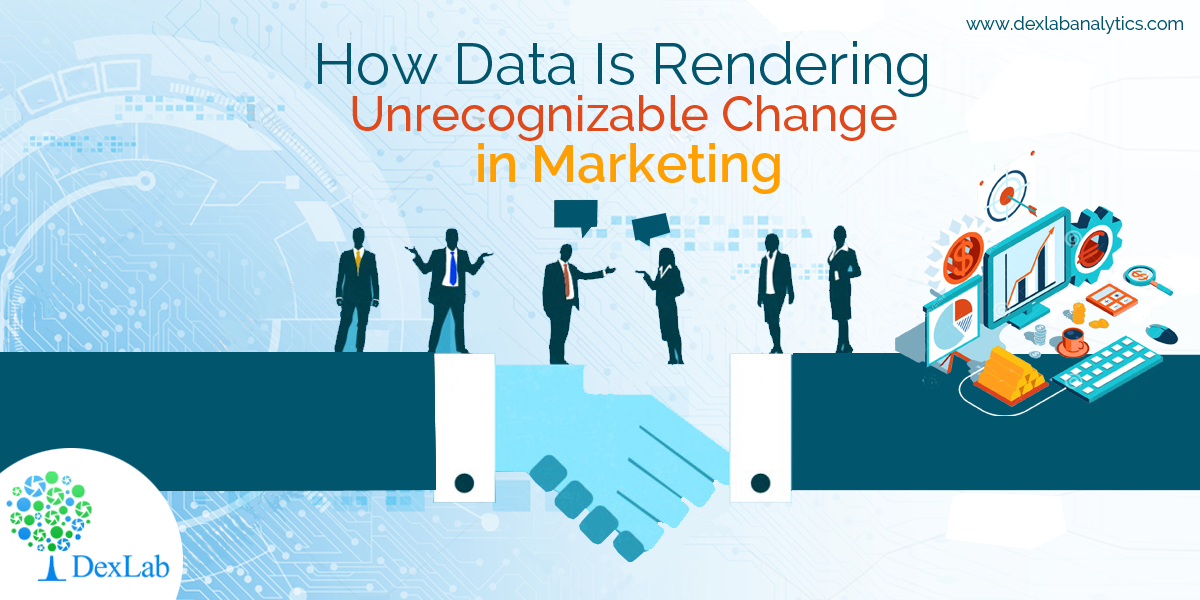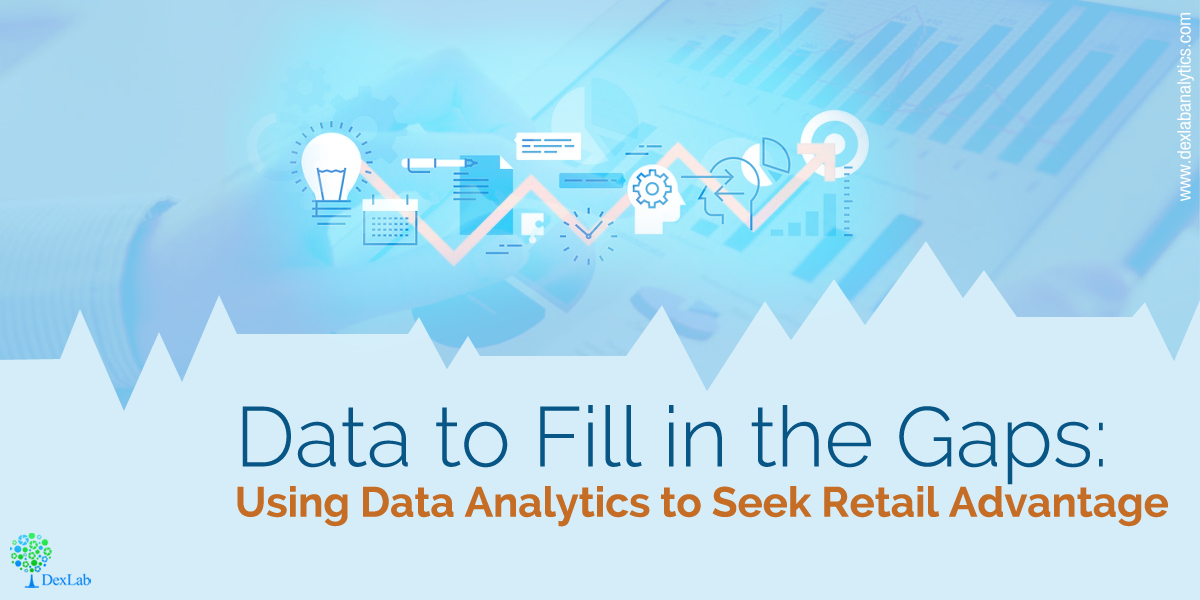Data creation and consumption is exploding. So is the challenge of analyzing data and transforming it into actionable insights.
The expert consultants at IBM say – 90% of the data in the world has been created in the last couple of years at a rate of 2.5 quintillion bytes per day. Just imagine, when such gold mines of information go unused, what toll does it take on companies who harbors them? The loss is insurmountable, isn’t it?
But the question that makes us brood is how do companies empower employees to use such vast pools of data to reveal hidden business insights?
To keep pace with an accelerating growth of data generation and robust competitive landscape, new age companies need to shift their focus to sound Business Intelligence solutions that helps in collecting and analyzing data to determine patterns and alert users, in case of anomalies in the nature of business. And the good news is that they are doing so.
Once companies start off with data handling and data mining, the issue of utilization needs to be addressed next – the trickiest problem with data utilization is the insights that take place within the departments –while creating data silos. Siloed data results in creating a lot of issues, but the larger one is that it creates only a partial view of whatever is happening within an organization and a bigger picture is not available.
As a result, a data-driven culture is to be adapted – but how?
Right from the top-level
The true DNA of any organization lies within its top-level management team, including the founders and managing directors – and that’s where the foundation stone of data-driven culture should be implanted. Implementing something new and offbeat is intimidating, but when the company leaders promote it, the idea gains familiarity and merges with other data-driven decisions.
Empowerment
Employees need to feel empowered – then only they can independently mine data and share crucial findings with colleagues and seniors without asking for help from the IT guys. A common misconception that exists around is that data analytics is a cumbersome task which requires heavy involvement from IT- but in reality, things are changing – BI tools are being revamped to make users more independent and self-sufficient to take better business decisions.
Time and again, it’s important for the executive management to show some token of appreciation to employees for their hard work. It is in these subtle ways the data-driven culture gets promoted across company walls.
Sharing is caring
Now, the data siloes come into the picture. Once employees are comfortable with using data and bearing the fruits of success – insights need to be shared across the business fronts to draw a much larger picture. Not only it promotes cross-team and departmental collaboration, but also brings in newer data into the limelight that wouldn’t have been possible before. Hence, sharing of insights is crucial for business success.
From the above discussion it is clear, insights gained from data is extensively beneficial for business, as they offer new answers for innovation and development. However, achieving data nirvana is no mean feat – the steps highlighted above should be followed, and then only the companies would be able to achieve their desired goal, i.e. a seamless data-driven culture.
Accelerate your career with business analyst training Delhi NCR. DexLab Analytics offers 360-degree Data Science Online training in Delhi – interested candidates please visit the website.
Sources: http://dataconomy.com/2017/05/data-nirvana-develop-data-driven-culture







